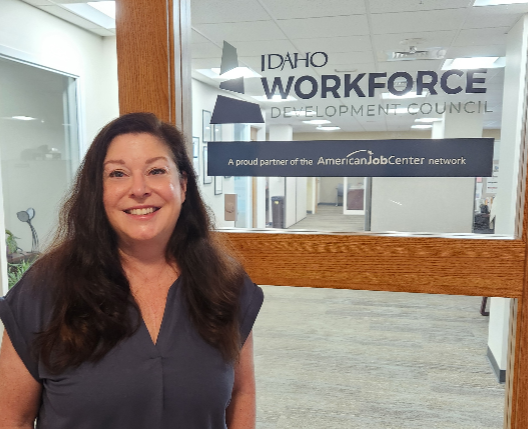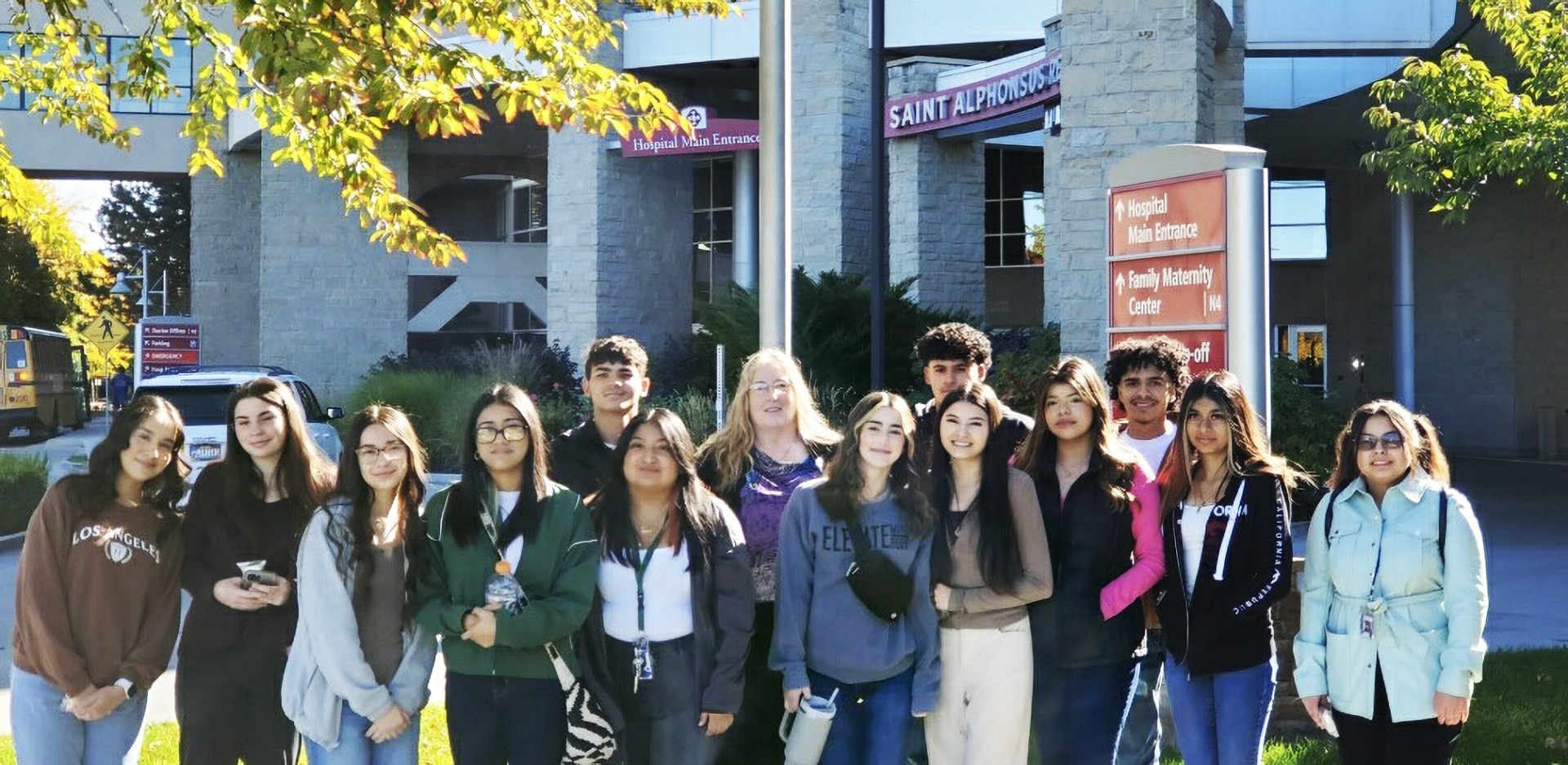“When I designed this curriculum, I wanted to teach [students] how to think, because it’s about people, process, and technology. It’s all about training people to do the right thing, put in the process and policy to guide them, and then deploy the technology to prevent people from making mistakes.”
In a nutshell, this is what Sin Ming Loo teaches his students in the Cyber Operations and Resilience, or CORe, program through Boise State University. Pete Risse, sitting across the table, nods as Sin Ming describes the program. “You developed a curriculum that didn’t just take into account the technical aspects but the human aspects and the psychology and the sociology, and why people behave the way they do when they’re bad actors,” he adds.
Sin Ming and Pete have worked together for years on the CORe program, one of BSU’s fastest growing degree areas. This kind of development generally takes three to five years. However, with the support of the Workforce Development Training Fund grant in 2019 and the partnerships of the State Board of Education and the Workforce Development Council, the program was launched in 18 months.
“Because of this investment, we were able to accelerate the launch of the program and get qualified individuals into the workforce years faster than we would have been able to on our own,” says Pete.
This is no small achievement. In 2020, cybersecurity job openings increased by 28% in Idaho alone – totaling approximately 1,200 available postings. Additionally, Idaho’s growth in cybersecurity workforce needs was roughly triple the national rate and is still growing. Sin Ming believes that to meet this need, we must develop programs that increase the accessibility of this career pathway to everybody, bringing in people with different life and career experiences who are best equipped to protect the complex digital infrastructure we rely upon. He also notes that the more people we can get educated about cybersecurity, the better positioned our entire society will be. “We are only one or two hops from each other on the internet. If I get compromised, you’re next,” Sin Ming says.
CORe is designed from the outset to focus on access, flexibility, and cutting-edge methods. By hiring current cybersecurity professionals as instructors, Sin Ming has helped to ensure that students are networking early on and have access to the most recent tools and techniques relevant to the industry. Additionally, as a fully online program, CORe doesn’t require students to leave their home communities and relocate to Boise to learn. “BSU and the WDC have invested significant resources and development here because we believe that online education provides that access to everybody,” says Pete.
Sin Ming couldn’t agree more. “This is asynchronous online education at its best. In two years, we’ve enrolled over 300 students.”
Professionals beyond Idaho have lauded the program, and this fall Forbes magazine listed CORe as one of the ‘Best Online Cybersecurity Degrees of 2023.’ In addition to its quality and affordability, CORe has been structured as a stackable credential, giving students more control over their educational pathway. It’s available as a bachelor’s certificate, bachelor’s degree, a graduate certificate, and a graduate degree. Pete stresses how the structure has made it much more useful for a broad audience, including students exiting high schools and adults who need to upskill or reskill after being displaced from a different industry. “A primary audience is the military audience, worldwide. Those folks can take what they’re doing in their military careers, get this degree, enhance their military career, and be prepared for a civilian career afterward.”
Working towards that credential is meaningful to students, too. Sin Ming describes the changes he’s seen in students over the course of this training. He tells stories of people successfully pivoting to a career in cybersecurity, people hired to work remotely from rural areas for multinational companies, people networking and finding careers well before they complete their program. “We have seen so many success stories where students hunkered down and did what they had to do,” says Sin Ming.
Now that the program is well-established, it no longer depends on outside funding to keep operating. With enrollments rising semester after semester, the program now has the resources to reinvest in itself, expanding the access and quality of CORe, and its instructors are already applying lessons learned to create new programs that Idaho desperately needs. “We just received the Semiconductor for All grant, and that’s related to Micron’s expansion and semiconductors. That’s going to be a big one.” Pete’s eyes go a little wide as he mentions it, but it’s clear he and Sin Ming are up to the task after their success with CORe.
“We can turn interest into real skills,” Sin Ming says.
“The results from work like this are so meaningful, because you can benefit hundreds and hundreds of students. This program can train anybody and everyone to do the work. In 12-24 months, they’ll have the basic skillset they need to do the job well. Those people already live in their own communities, and we’re giving them the skills they need. Now you don’t need to pay for someone to move into your community.” Sin Ming pauses with a smile that those of us who have had a truly great teacher all recognize – the smile of a professor who believes completely in their students. “We’re talking about opening up that opportunity to everyone and anyone.”
This project was funded with a WDTF Industry Sector Grant from the Idaho Workforce Development Council.
Read our other stories!
Monica McDonald – WDC Extern
“You know those projects that you go, ‘Gosh, it would be nice to have, but…
Believing in a Future: How Idaho LAUNCH for Students Helped Hayley Break Barriers
“I always wanted to attend college, but I was so nervous about how I would…
Isabelle Jenkins: WDC Spring Intern
Meet Isabelle Jenkins Isabelle joined the Idaho Workforce Development Council as our Spring 2025 intern…
Idaho Rural Water Association
Gary Sievers, a professional trainer with the Idaho Rural Water Association (IRWA), remembers each of…
Caldwell Schools Outreach Grant
“We’re always thinking about what’s possible.” Rob King, community liaison for Caldwell’s career and technical…







